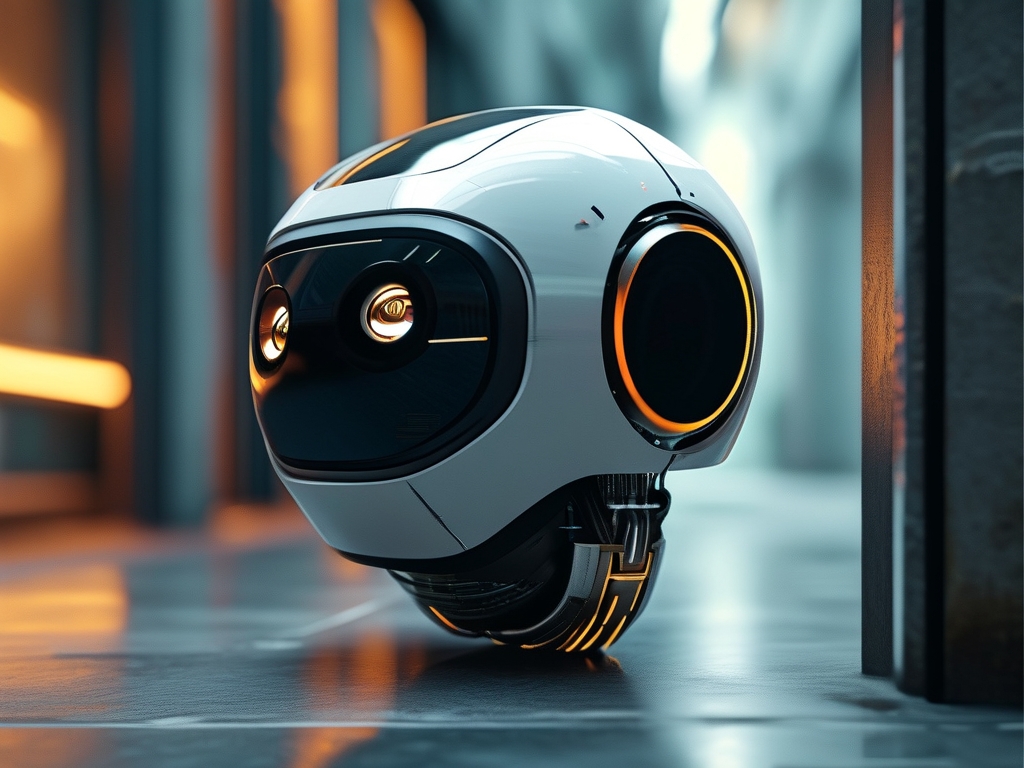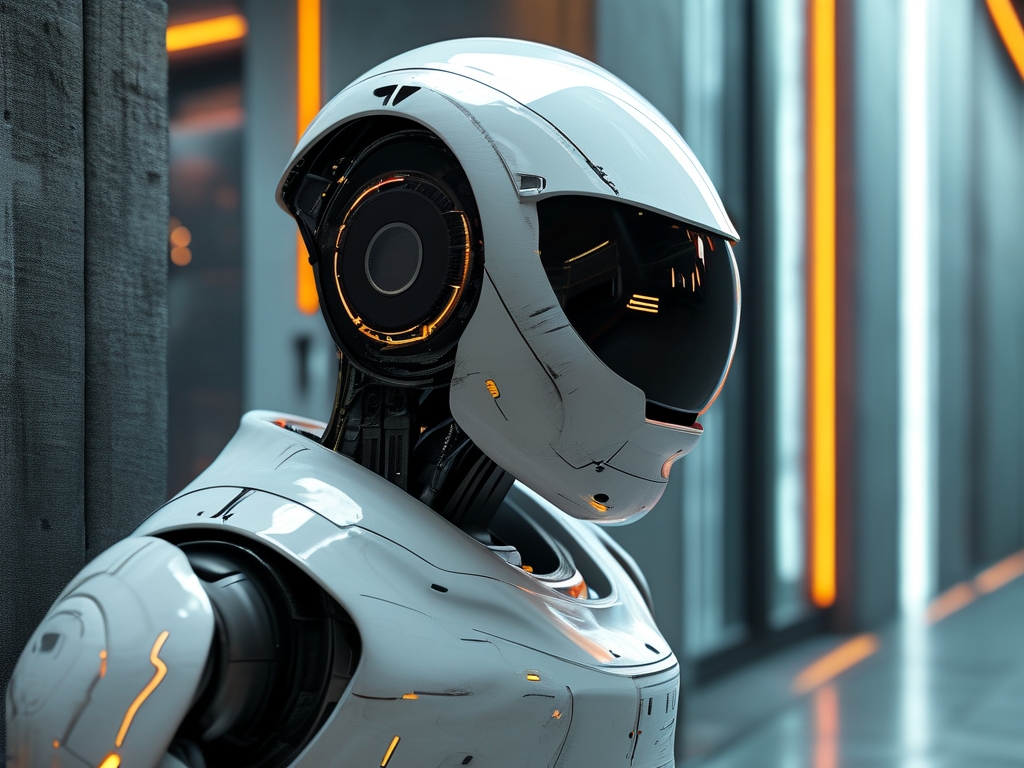The integration of robots into human environments has reached unprecedented levels, with advancements in "robotic concealment technology" reshaping industries from defense to consumer electronics. Unlike traditional robotics that prioritize visibility for safety, next-generation systems aim to disappear – literally. This paradigm shift combines material science, adaptive algorithms, and behavioral mimicry to create machines that evade detection while maintaining functionality.

At the core of robotic stealth lies dynamic camouflage. Inspired by biological models like chameleons and cephalopods, engineers have developed polymer-based "skin" containing microfluidic channels. These channels expand or contract in response to environmental sensors, enabling real-time color and texture matching. A prototype from Seoul National University demonstrated this by having a quadruped robot blend into five different terrains within 2.3 seconds, achieving 89% visual concealment efficiency during daylight tests.
The challenge intensifies with multi-spectral detection. Modern surveillance uses thermal imaging, lidar, and electromagnetic signature analysis. To counter this, stealth robots employ phase-change materials (PCMs). These substances absorb/release heat to match ambient temperatures, effectively neutralizing thermal footprints. Defense contractors recently revealed a palm-sized reconnaissance drone that maintains surface temperature variance below 0.5°C – undetectable by standard infrared scanners.
Behavioral concealment represents another frontier. Through machine learning frameworks like Generative Adversarial Imitation Networks (GAINs), robots analyze and replicate local movement patterns. In urban settings, delivery robots might mimic human walking rhythms, while underwater drones could emulate fish schooling behavior. Field trials in Singapore showed concealment-enhanced maintenance robots achieving 40% longer operational periods before human detection compared to standard models.
Ethical implications are sparking global debates. The European Commission’s Robotics Ethics Board recently proposed mandatory "stealth disclosure" protocols, requiring hidden robots to periodically emit identification signals. Conversely, wildlife researchers argue that perfect concealment could revolutionize ecological monitoring without disturbing natural habitats. A joint MIT-Cambridge study deployed camouflaged insect-sized robots to track endangered butterfly migrations, collecting data with zero observed behavioral interference.
Commercial applications are accelerating. Smart home systems now integrate concealed robotic components – LG’s 2025 concept fridge features hidden articulated arms that reorganize contents autonomously. Retail analytics firms employ stealth drones that mimic ceiling fixtures while tracking customer movement patterns, though this has prompted new data privacy legislation in California and the EU.

The ultimate test comes from medical applications. "Bio-stealth" nanorobots coated with cell membrane proteins are being developed for targeted drug delivery. Early trials at Johns Hopkins showed a 300% increase in tumor-targeting accuracy compared to conventional methods, as the robots evade immune system detection. However, researchers caution that complete invisibility complicates retrieval procedures, necessitating fail-safe biochemical homing beacons.
As quantum radar systems and AI-powered recognition tools evolve, the concealment arms race escalates. Lockheed Martin’s Skunk Works division reportedly experiments with meta-material cloaking that bends microwaves around robots, while academic teams explore quantum entanglement-based detection countermeasures. This technological tug-of-war will define the next decade of robotic development, balancing innovation with societal readiness for machines that see without being seen.
Future advancements may dissolve the line between environment and machine entirely. Tokyo University’s Living Robotics Lab recently demonstrated a self-erasing robot composed of biodegradable cellulose that disintegrates after completing soil analysis tasks. Such transient systems hint at a world where robots become temporary extensions of their surroundings – present when needed, invisible when not.









